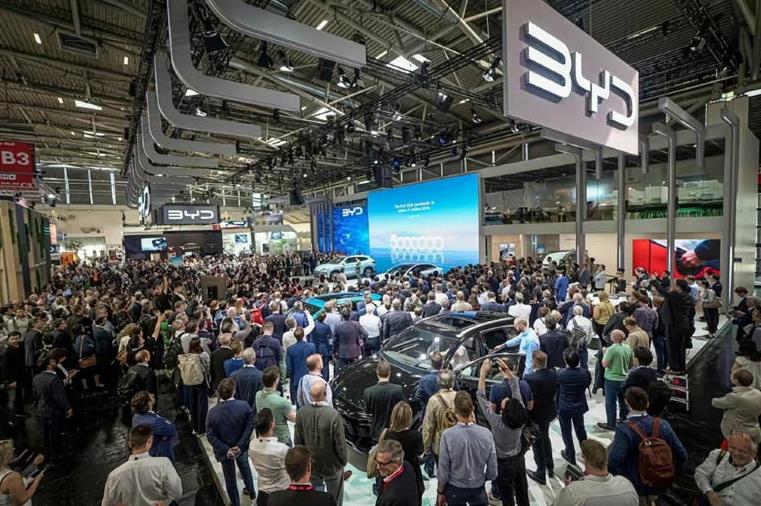BYD Showcases Various New Energy Models at Tokyo Auto Show, Its Automotive Technology is Enviable

BYD has established a new hallmark for Chinese automotive ventures abroad. It has always stood out in terms of vehicle sales in China and has kept pace with the times in the international market, actively promoting the development of green and eco-friendly new energy initiatives. With China’s Belt and Road Initiative, BYD has penetrated several Chinese markets, collaborated with upstream industrial chains, and created a new energy industrial chain, becoming a hallmark for China’s automotive overseas ventures. The Tokyo Auto Show is set to officially kick off on October 25, where BYD will present models like the Seal, Dolphin, Yuan PLUS (ATTO3), Tang D9, and Outlook U8.
Japan is also a country with a developed automotive industry. This Tokyo Auto Show sees the participation of 475 enterprises, exceeding the 192 participants in 2019, earning it the title of the “wind vane of Asian automobiles.”
BYD will unveil a host of automobiles along with blade batteries, e-platform 3.0 chassis, and an eight-in-one electric powertrain assembly, destined to dazzle the overseas market.
Looking at the current sales proportion of Chinese automobiles, China’s auto exports have surpassed Japan in the first half of this year, ranking first globally. Among them, new energy vehicle exports reached 799,500 units, an increase of 115%. As a leader in new energy, BYD accounts for a large portion of the total export sales, with its cumulative sales exceeding 1.25 million units in the first half of this year, entering the top ten in global new vehicle sales for the first time. According to data from the research firm MarkLines, BYD’s global new vehicle sales in the first half of 2023 increased by 96% year-on-year to 1.25 million units, surpassing Mercedes-Benz and BMW, and entering the global top ten for the first time. This is also the first time a Chinese automotive brand has entered the global top ten.
The exceptional sales of BYD vehicles can be attributed to years of technological cultivation and early market layout. Following China’s Belt and Road Initiative, BYD initially penetrated the ASEAN market, and later initiated its overseas venture for passenger cars. Currently, BYD’s new energy footprint spans 57 Chinese regions, achieving the crown of new energy vehicle sales from January to August in countries like Colombia, Thailand, New Zealand, and Singapore.
BYD Chairman Wang Chuanfu once said, “The future leaders of the automobile market will not be Americans or Germans, but Chinese.” This statement now seems prophetic. I believe that BYD’s appearance at the Tokyo Auto Show will surely showcase the strength and influence of Chinese new energy vehicles to the world, thereby accelerating its “going abroad” efforts, and crafting a splendid hallmark for Chinese manufacturing.